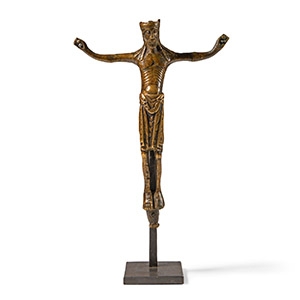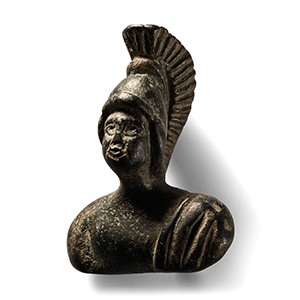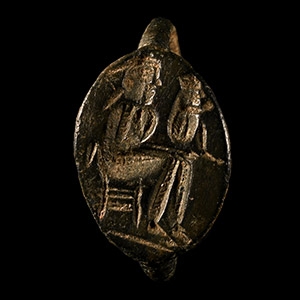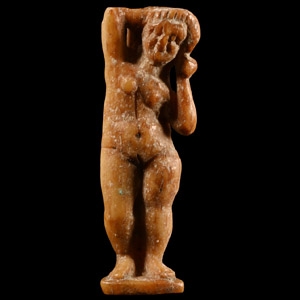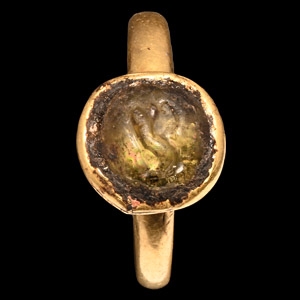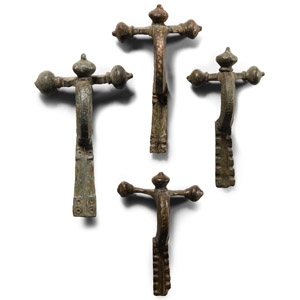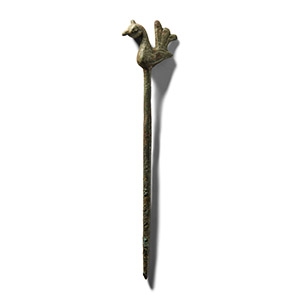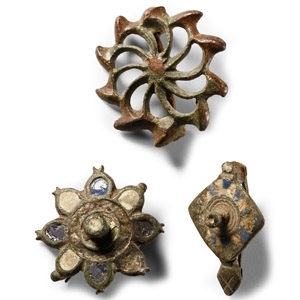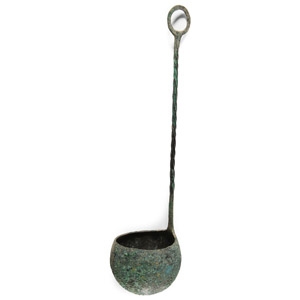Home > Auctions > 5 - 9 March 2024: Ancient Art, Antiquities,
Natural History & Coins
Auction Highlights:
Acquired on the London art market in the late 1980s-1990s.
From the family collection of an East London, UK, gentleman.
Cf. Chadour, A.B., Rings. The Alice and Louis Koch Collection, volume I, Leeds, 1994, item 178.
Ex property of a London gentleman; acquired before 1980.
From a collection acquired on the UK art market from various auction houses and collections mostly before 2000.
From an important Cambridgeshire estate; thence by descent.
Cf. Durham, E., Metal Figurines in Roman Britain, vol. 2, Reading, 2010, pl.259.
UK private collection before 2000.
UK art market.
Property of a London gentleman.
From a collection acquired on the UK art market from various auction houses and collections mostly before 2000.
From an important Cambridgeshire estate; thence by descent.
Cf. Durham, E., Metal Figurines in Roman Britain, vol. 2, Reading, 2010, pl.60 for full-length figure from lakenheath, England, with similar features.
The use of domestic gods continued in the Roman Empire also in later times. Of particular interest is a group of sculptures discovered in the Theodosian Palace in Stobi. The finds consist of marble and bronze statuettes and reliefs that were deposited in one of the ornamental basins located in the peristyle. Four of the smaller bronze sculptures— a lar, Apollo, Venus, and a satyr— may have formed the contents of a lararium. The palace was in use until the 5th century A.D., but the sculptures consists of heirloom and reused pieces dated at 2nd-1st century B.C. However, an unusual feature of this bronze assemblage is the fact that they date overwhelmingly to the 3rd century A.D.
From a collection acquired on the UK art market from various auction houses and collections mostly before 2000.
From an important Cambridgeshire estate; thence by descent.
Cf. Rolland, H., Bronzes Antiques de Haute Provence, Paris, 1965, item 78, for type; Ogden, J.M., Gold Jewellery in Ptolemaic, Roman and Byzantine Egypt,Durham, 1990, Vol.2, fig.13, for identical statuette in cast bronze.
The iconography of Venus Anadyomene was one of the most commonly used images of the goddess in classical sculpture, and was still popular during the late Roman Empire. The best example of this is the Louvre Venus Anadyomene (Ma 3537) of the 4th century A.D., found in the 19th century at Saint George de la Montagne near Bordeaux, inside a rich aristocratic house and coming from Aphrodisias, an ancient place of statuary production for export.
From a late Japanese specialist collector, 1970-2000s.
Cf. Chadour, A.B., Rings. The Alice and Louis Koch Collection, volume I, Leeds, 1994, item 206, for type.
From a collection acquired on the UK art market from various auction houses and collections mostly before 2000.
From an important Cambridgeshire estate; thence by descent.
Cf. Riha, E. & Stern, W.B., Die Römischen Löffel aus Augst und Kaiseraugst, Forschungen in Augst 5, Augst, 1982, for discussion.
UK art market, acquired prior to 1980.
Property of a Scottish collector, acquired in 2013.
From a collection acquired on the UK art market from various auction houses and collections mostly before 2000.
From an important Cambridgeshire estate; thence by descent.
See Corbet Anderson, J., The Roman City of Uriconium, London, 1867, p.79ff, for discussion.
UK art market, acquired prior to 1980.
Property of a Scottish collector, acquired in 2013.
UK private collection before 2000.
UK art market.
Property of a London gentleman.
Cf. Richter, G.M.A., The Metropolitan Museum of Art, Greek, Etruscan and Roman Bronzes, New York, 1915, no.652, for similar.
697 - 708 of 2726 LOTS

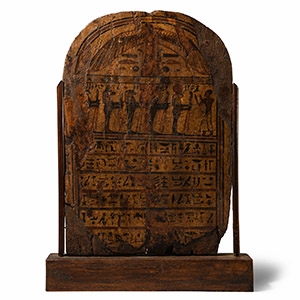
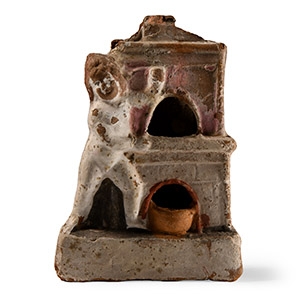

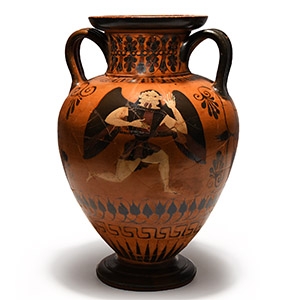
.jpg)
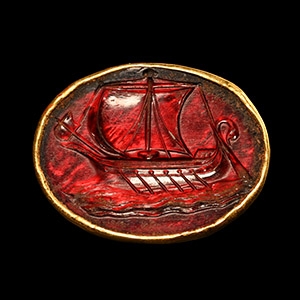
.jpg)

.jpg)
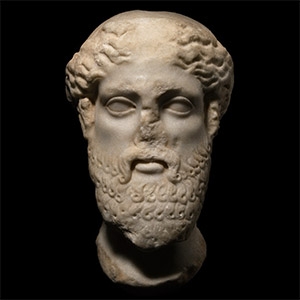
.jpg)
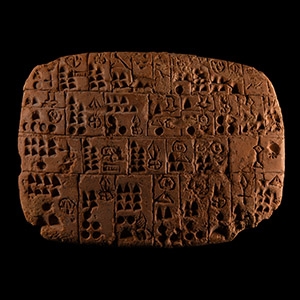

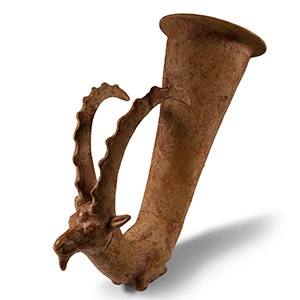
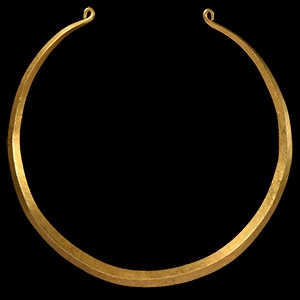
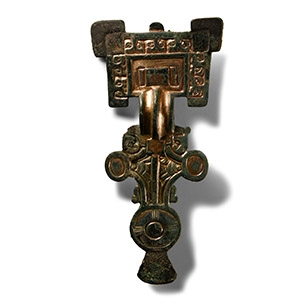
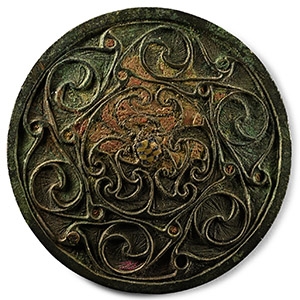

.jpg)
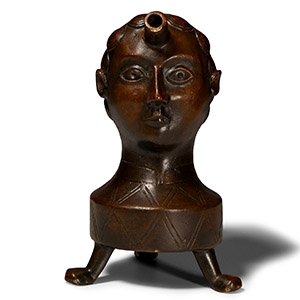
.jpg)

.jpg)
